 Captioner
VS
Captioner
VS
 pyVideoTrans
pyVideoTrans
Captioner
Captioner is an AI-powered tool designed to automatically generate and add accurate subtitles to videos. Powered by OpenAI's Whisper but optimized for video subtitles, it prioritizes transcription accuracy and precise timestamps, minimizing the need for manual editing. The platform supports over 98 languages and allows users to import and align existing transcripts.
Captioner provides a smooth subtitle editing experience and offers subtitle file exports in popular formats (SBV, SRT, VTT) for compatibility with various video editing software. Users can also choose a font style and download a video with burned-in subtitles. It's built for efficiency, letting content creators focus on the creative aspect, and less time on the tools.
pyVideoTrans
pyVideoTrans is an open-source software designed to translate videos from one language to another, including both subtitles and audio dubbing. It automates the entire workflow: first, it transcribes the original video's audio to generate subtitles in the source language. Then, it translates these subtitles into the desired target language. Following this, it uses text-to-speech technology to create a voiceover based on the translated subtitles. Finally, it merges the newly generated voiceover and target language subtitles with the original video footage, producing a fully translated video.Beyond its core video translation capabilities, pyVideoTrans offers standalone functionalities. Users can perform batch audio or video transcription to SRT subtitles, translate existing SRT subtitle files while preserving formatting and timestamps, and generate voiceovers directly from text or SRT files using various supported channels. It also includes auxiliary tools for merging audio, video, and subtitles, as well as separating vocals from background sounds. The tool supports both local offline models and integration with third-party APIs for its AI functions.
Pricing
Captioner Pricing
Captioner offers Freemium pricing with plans starting from $5 per month .
pyVideoTrans Pricing
pyVideoTrans offers Free pricing .
Features
Captioner
- Accuracy: Utilizes a high-quality AI model for accurate transcriptions.
- Precise Timestamps: Provides accurate timestamps, including word-level timestamps.
- Subtitle Editing: Offers a user-friendly interface for editing subtitles.
- Import Transcripts: Allows users to import and align existing transcripts.
- Subtitle File Export: Supports exporting subtitles in SBV, SRT, and VTT formats.
- Translation: Offers subtitle translation into other language with a single click.
- Multiple Language support: Converts speech to text in over 98 languages.
- Built-in Voice Extraction: Can transcribe speech even with background noise.
pyVideoTrans
- Automated Video Translation: Full workflow from transcription to final dubbed/subtitled video.
- Speech Recognition Transcription: Convert audio/video files to SRT subtitles (batch support).
- Subtitle Translation: Translate SRT files while maintaining format and timestamps.
- Text-to-Speech/Dubbing: Generate voiceovers from text or SRT subtitles using multiple channels.
- Local & API Model Support: Utilizes both offline models and third-party APIs for AI tasks.
- Auxiliary Tools: Includes functions for merging media/subtitles and separating audio tracks.
- Open Source: Code available on GitHub, free to use without functional limitations.
Use Cases
Captioner Use Cases
- Adding subtitles to YouTube videos.
- Creating subtitles for social media content.
- Generating subtitles for online courses.
- Transcribing video content for accessibility.
- Translating video subtitles into different languages.
pyVideoTrans Use Cases
- Translating educational videos for a wider audience.
- Dubbing marketing videos for international markets.
- Making personal video content accessible in different languages.
- Generating subtitles for videos automatically.
- Creating voiceovers for presentations or tutorials from text.
- Translating existing subtitle files for movies or shows.
Uptime Monitor
Uptime Monitor
Average Uptime
99.71%
Average Response Time
155.77 ms
Last 30 Days
Uptime Monitor
Average Uptime
100%
Average Response Time
148.97 ms
Last 30 Days
Captioner
pyVideoTrans
More Comparisons:
-

Captioner vs Captionic Detailed comparison features, price
ComparisonView details → -
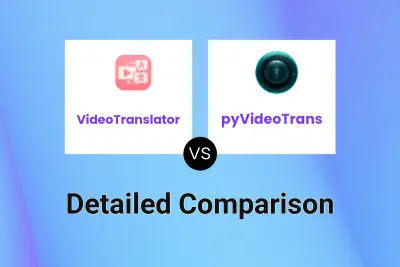
VideoTranslator vs pyVideoTrans Detailed comparison features, price
ComparisonView details → -

Translate.video vs pyVideoTrans Detailed comparison features, price
ComparisonView details → -
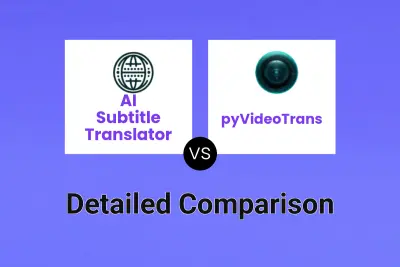
AI Subtitle Translator vs pyVideoTrans Detailed comparison features, price
ComparisonView details → -
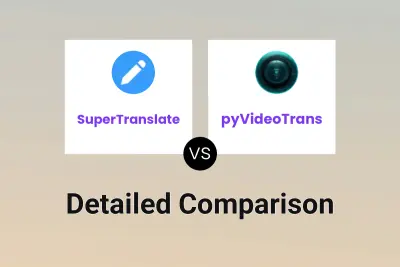
SuperTranslate vs pyVideoTrans Detailed comparison features, price
ComparisonView details → -
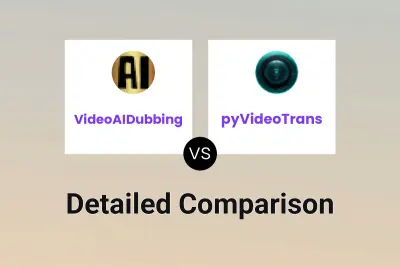
VideoAIDubbing vs pyVideoTrans Detailed comparison features, price
ComparisonView details → -
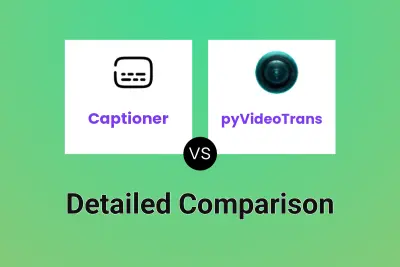
Captioner vs pyVideoTrans Detailed comparison features, price
ComparisonView details → -
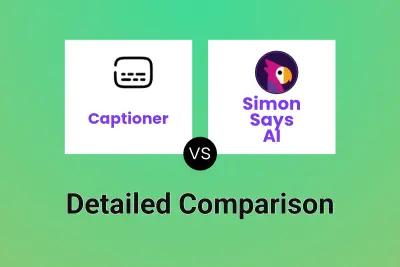
Captioner vs Simon Says AI Detailed comparison features, price
ComparisonView details →
Didn't find tool you were looking for?